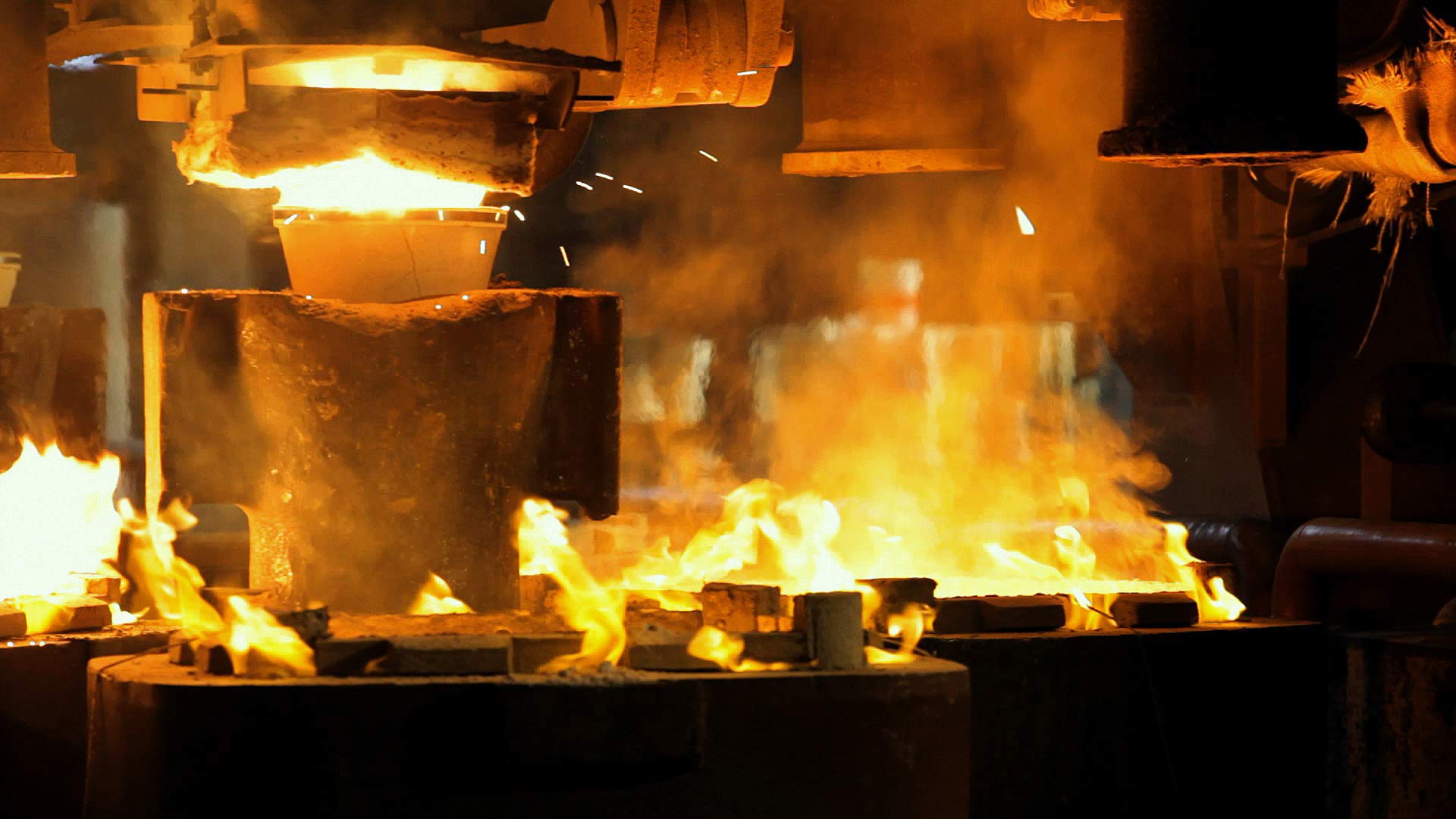Choose the measure unit in which display the data:
Valbruna Grade
MGT
Steel type
Ferritic Soft Magnetic Steel
Description of material
MAGIVAL® MGT is a free machining ferritic stainless steel with a high resistance to pitting, crevice and intergranular corrosion, thanks to its Ti + Mo contents and has magnetic properties as good as other MG series grades. A carefully controlled chemical analysis as well as special metallurgical processes provide a ferritic structure that is very sensitive to magnetic fields. MGT can be supplied (1) as annealing+ cold finished or (2) annealed+ cold finished + magnetic annealed + cold finished. See Soft Magnetic Steels brochure for more information about magnetic, mechanical and physical properties.
Applications
Typical applications of MGT are solenoid valves, pole pieces, magnetic cores, electromagnetic pumps and devices, fuel injections components, electromagnetic switches and relays, antilock brake systems, sensors in automotive applications, actuators and fuel pumps. MGT should be used in industrial applications requiring a better pitting and intergranular corrosion resistance of parts obtained by machining and/or welding processes.
Melting practices
Argon Oxygen Decarburization
Corrosion resistance
Even though the Molybdenum content of MGT is able to reduce or avoid pitting corrosion, extending the range of its applications, and the Titanium content inhibits the precipitation of Cr-carbides on the grain boundaries in the case of welding, it is important to know that, as with all free machining grades, Sulphur is added to improve machinability and the formation of MnS inclusions could prime points of pitting if exposed to some corrosive environments. Nevertheless, the chemical balance of MGT avoids this structural deterioration because these primer points are countered, neutralized and replaced by Titanium-Carbo-Sulphides thermodynamically more stable than Manganese-Sulphides (MnS) resulting in high corrosion resistance and better weldability. This grade offers better resistance to intergranular and stress corrosion cracking than the 300 series stainless steels. MGT has a good resistance to some chemical corrosive environments such as Chloride- containing water, crude oil, gasoline, alcohol, some beverages, urban- rural atmospheres and fresh water with a low content of Chlorine. It should be noted that this grade, as for every kind of stainless steel, surfaces should be free of contaminant and scale, heat tint, and passivated for optimum resistance to corrosion.
Machinability
MGT has a good machinability typical of all Ferritic free machined grades but a little bit lower than MG1/MG2 due to its Molybdenum content. Productivity gain depends on types of machines, the kind of tools used and their geometry, cutting fluids and the kind of machine operations on the pieces produced. It is important to point out that MGT in the soft magnetic annealing condition, could have a low hardness. This kind of structure influences the surface finish (roughness) and the chip morphology. Within certain limits, a little bit harder structure, typical of annealing+ cold finishing ( such as cold drawing ) offers advantages in some machine operations and better surface roughness but a vacuum or protective atmosphere annealing of machined parts should be done if an improvement of magnetic properties is required. This grade has a moderate cold deformability.
Weldability
MGT, as with other free machining grades with a high Sulphur content, is not recommended for welding because the fused zone tends to form porosity. In any case, low heat inputs and low welding powers with parent filler metal should be used. If austenitic fillers, in order to increase the ductility of weld, are used, it should be pointed out that the lower magnetic permeability of the Austenitic structure of the fused zone dramatically modifies the magnetic flux, causing a flux leakage generated by the high difference of magnetic permeability between the two structures. Autogenous high energy welding shouldn’t form any martensitic structure in the fused zone thanks to the low Carbon content and the Nitrogen and Titanium stabilization of MGT. PWHT could be avoided in certain cases. To avoid a ductility decrease in the weld, shielding gases such as Hydrogen and Nitrogen must not be used. Argon and Helium are the preferred choices.
Designations
| W.N. | 1.4523 |
|---|

